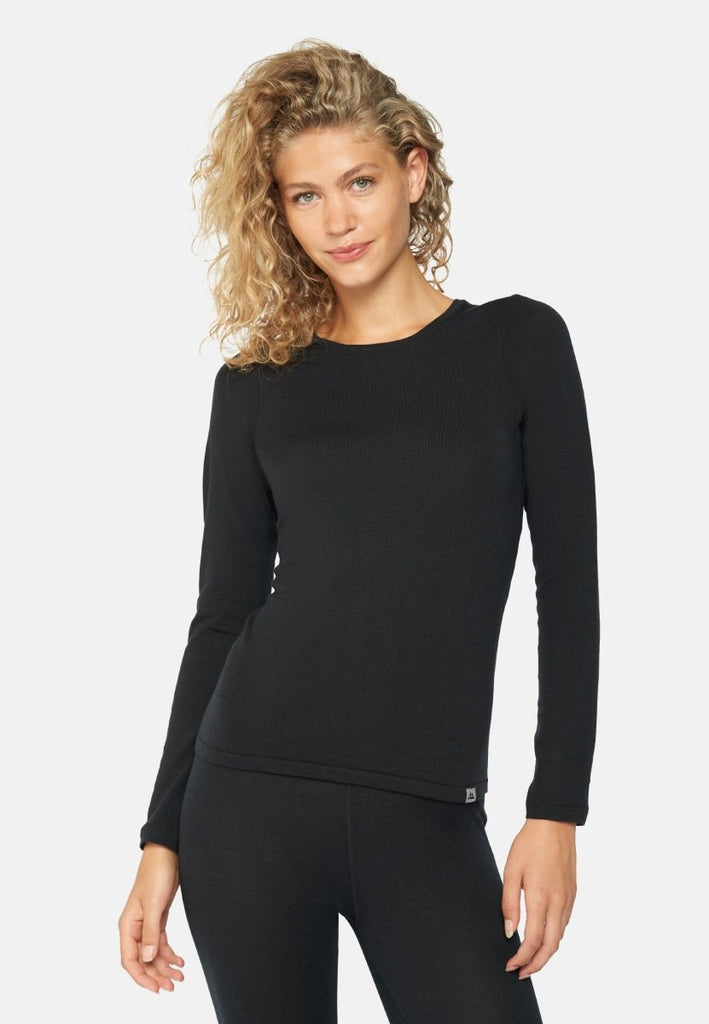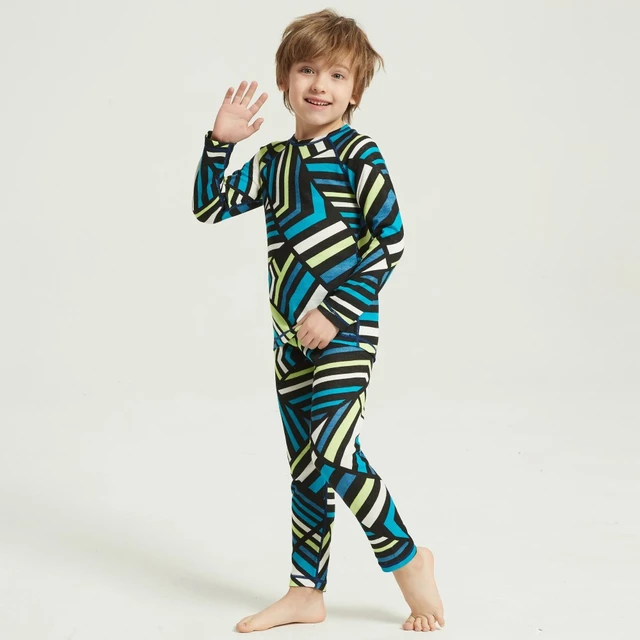Cool Merino Wool Base Layers Website
Wiki Article
What Are The Reasons Wool Baselayers Made Of Yak And Merino Beneficial In Winter Sports Clothes Because Of Their Fiber-Based Benefits As Natural And Environmental Sustainability?
Sustainable and renewable Yak Merino's wool base layer is extremely efficient in winter sportswear and not just due to its performance well, but also because of its fiber's natural advantages.
Both wools, yak and merino, are natural fibers made from animals (yak and merino sheep respectively). These are renewable resources which are harvested sustainably without harming animals. They biodegrade and are not harmful to the environment.
Low Environmental Impact
Natural fibers typically have a smaller environmental impact than synthetic fibers. Wool harvesting and cultivation requires fewer chemical processing and is less dependent on non-renewable resources as in comparison to synthetic fibers.
Efficiency of Energy Efficiency-
Wool fibers require less energy to process than synthetic fibers like nylon or polyester. Natural wool has a lower energy use, which contributes to reduced carbon dioxide emissions.
Microplastic pollution is reduced
Wool fibers are less a contributor to microplastics in water bodies than synthetic fibers. Synthetic fibers eliminate microplastics as they wash.
The durability and recycling of plastics
Yak merino garments can last an extended time and are extremely durable. Wool fibers can also be recycled or repurposed in order to reduce consumption.
Sustainability Practices
Wool producers and manufacturers adhere to sustainable, ethical practices. These include animal welfare, land management which is accountable and fair treatment for the workers involved in the chain of production.
Environmental Certification-
Insuring consumers about the sustainability of wool production is a means of establishing a standard such as the Responsible Textile Standard (GOTS) or the Global Organic Textile Standard.
Base layers made from yak merino are typically environmentally friendly because they come from renewable and natural sources. They also have minimal environmental impact when they are produced and use sustainable, ethical supply chains. The use of natural fibers in winter sports clothing like yak or merino can help support sustainable consumption. See the top rated merino wool base layers for blog advice including wool long underwear mens, merino wool undershirt, smartwool base layer, merino wool thermal underwear, merino wool undershirt, best base layer for skiing, smartwool merino base layer, wool thermals, wool thermals mens, merino undershirt and more.

What Are The Benefits Of Wearing Bamboo Clothes In Regards To Thermal Regulation And Uv Protection, Biodegradability And Environmental Impact?
Bamboo clothing has many advantages in terms of control of heat and UV protection, biodegradability, and environmental impact. Thermal Regulation-
Insulation- Bamboo fabric has natural thermal-regulating properties and provides warmth in cold weather while remaining air-conditioned. It regulates body temperature by holding the heat in cooler temperatures and also allowing airflow to avoid overheating during exercise.
UV Protection-
UV Resistance- Bamboo materials provide natural protection against harmful ultraviolet Rays. It can provide an additional layer to protect against sun exposure by blocking a large amount of UV rays.
Biodegradability-
Biodegradable bamboo clothing breaks down organically at the end of its lifespan without leaving harmful leftovers. Bamboo clothing also doesn't contribute to the creation of pollution. This reduces the amount of waste that is generated as well as the environmental impact caused by the disposal of clothes.
Environmental Impact-
Sustainability: As a primary material bamboo is incredibly sustainable. It grows quickly and in abundance, without chemical fertilizers. The speed of growth of this plant is what makes it an energy source.
Bamboo has a low water requirement compared to cotton and other crops. It is therefore more efficient in terms of water use. This is essential for conservation efforts, and it helps reduce the strain on the water supply.
Soil Conservation-
Soil health- Bamboo cultivation does not reduce soil nutrients and does not require extensive irrigation. This contributes to healthier soil conditions and lessens the necessity for damaging practices in agriculture.
Carbon Sequestration
Carbon Absorption - Bamboo has the capacity to absorb and release CO2 more efficiently than other plants. This ability can to reduce carbon dioxide emissions and combat global warming.
The benefits of bamboo clothing include its thermal regulation, UV protection and biodegradability. It is an excellent choice for people who are looking for clothing that is sustainable. These attributes are in line with environmentally conscious practices and offer benefits for both the wearer as well as the environment. Check out the top bamboo clothing for more examples including bamboo yoga leggings, boody bamboo underwear, bamboo cay shirts, bamboo pants, bamboo top, bamboo tank tops, bamboo ave shorts, men bamboo boxer shorts, clothes made from bamboo, bamboo cay shirts and more.

How Is Merino Wool As Well As Bamboo Clothes Different From Regular Wool?
Merino layers as well as regular wool and bamboo clothing have distinct characteristics.
Merino wool's fine fibers are soft and it feels good against your skin. It's much less likely to cause itching and irritation than the traditional sheep's wool.
Merino Wool has excellent moistureWicking Properties Merino is a moisture-wicking material which draws out moisture and allows it evaporate. The wearer is dry and comfy.
Merino is an organic insulation that gives incredible warmth in the event of rain. It regulates body temperature, providing warmth during colder temperatures, and breathability when you exercise.
Odor Resistance - It naturally inhibits the growth of odor-causing bacteria making clothes fresher even when worn for a long time.
Bamboo Clothing-
Bamboo clothing is known for its silky soft texture that could be described as silk or even cashmere. Bamboo clothing is soft on the skin and provides the ultimate luxury.
Moisture-Wicking Bamboo fabric has moisture-wicking properties that draw the moisture away from your skin, ensuring that the wearer stays dry during physical activity.
Temperature Regulation- Bamboo clothing has natural temperature-regulating abilities, offering warmth in winter and breathability to prevent overheating.
Sustainability Bamboo is a source that is highly renewable, and it grows quickly without using pesticides. Biodegradable bamboo can have a minor environmental impact.
Regular Wool
Texture. The traditional wool texture isn't the only one that can be varied. Some types of uncomfortable or itchy textures are more coarse.
Wool is a good insulation material. It can be extremely warm, however it might be too heavy or bulky.
Wool is less effective than bamboo or merino fabric in wicking off moisture since it absorbs water. However, it retains warmth even in damp conditions.
Merino offers softness and excellent moisture-wicking. It is also resistant to smells. Bamboo clothing offers a silky texture, wicking capabilities as well as temperature control and sustainability. Regular wool differs in its texture. It might not be as soft, or have the same ability to wick moisture as bamboo or merino but provides warmth. Each wool type is distinct and caters to different styles of winter clothes. Follow the top rated helpful site about bamboo winter clothing for site tips including wool thermals, spyder baselayer, wool base layer womens, lightweight merino wool base layer, spyder baselayer, ski base layer pants, merino undershirt, wool mid layer, merino wool base layer sale, best baselayers for skiing and more.
